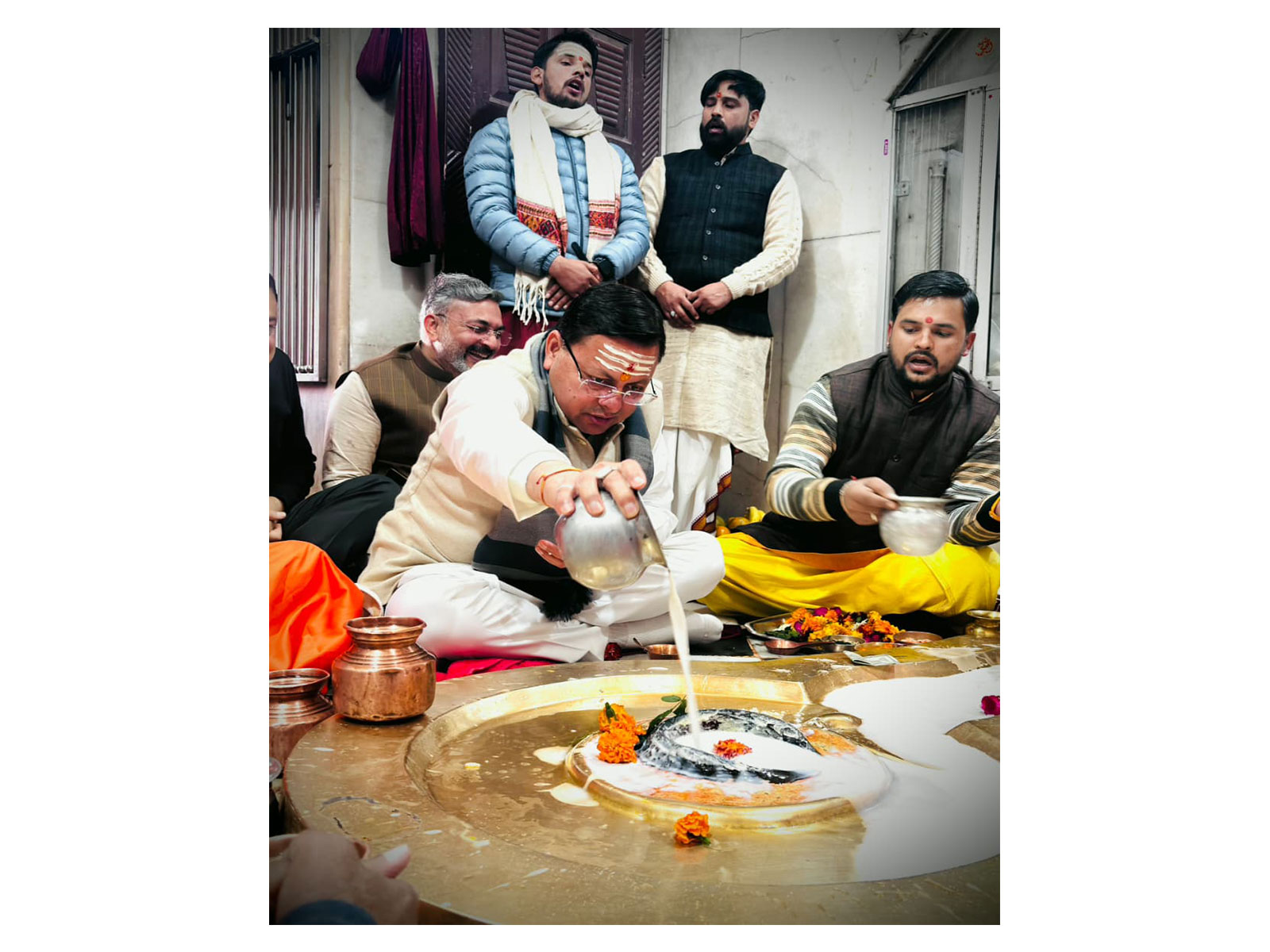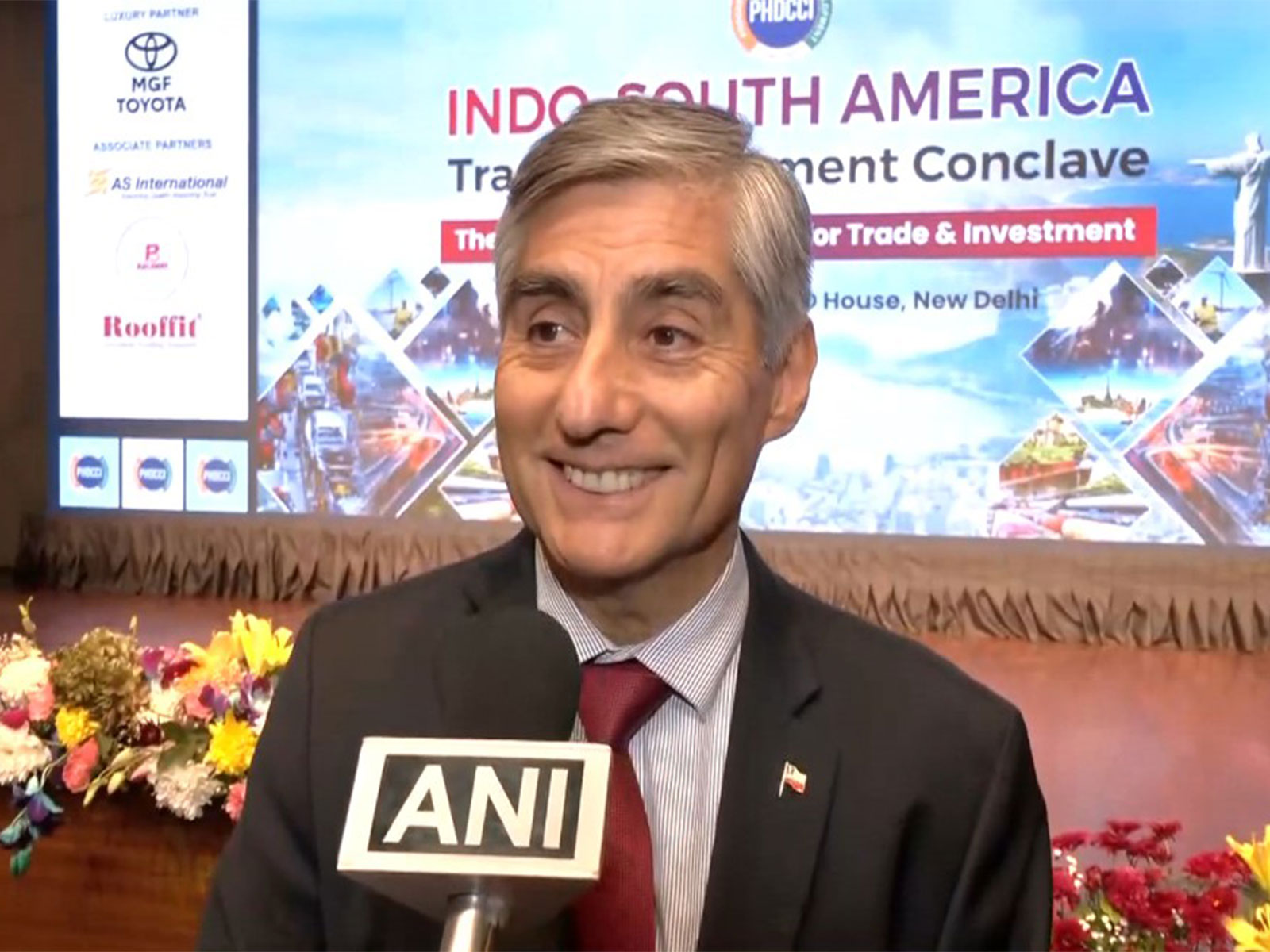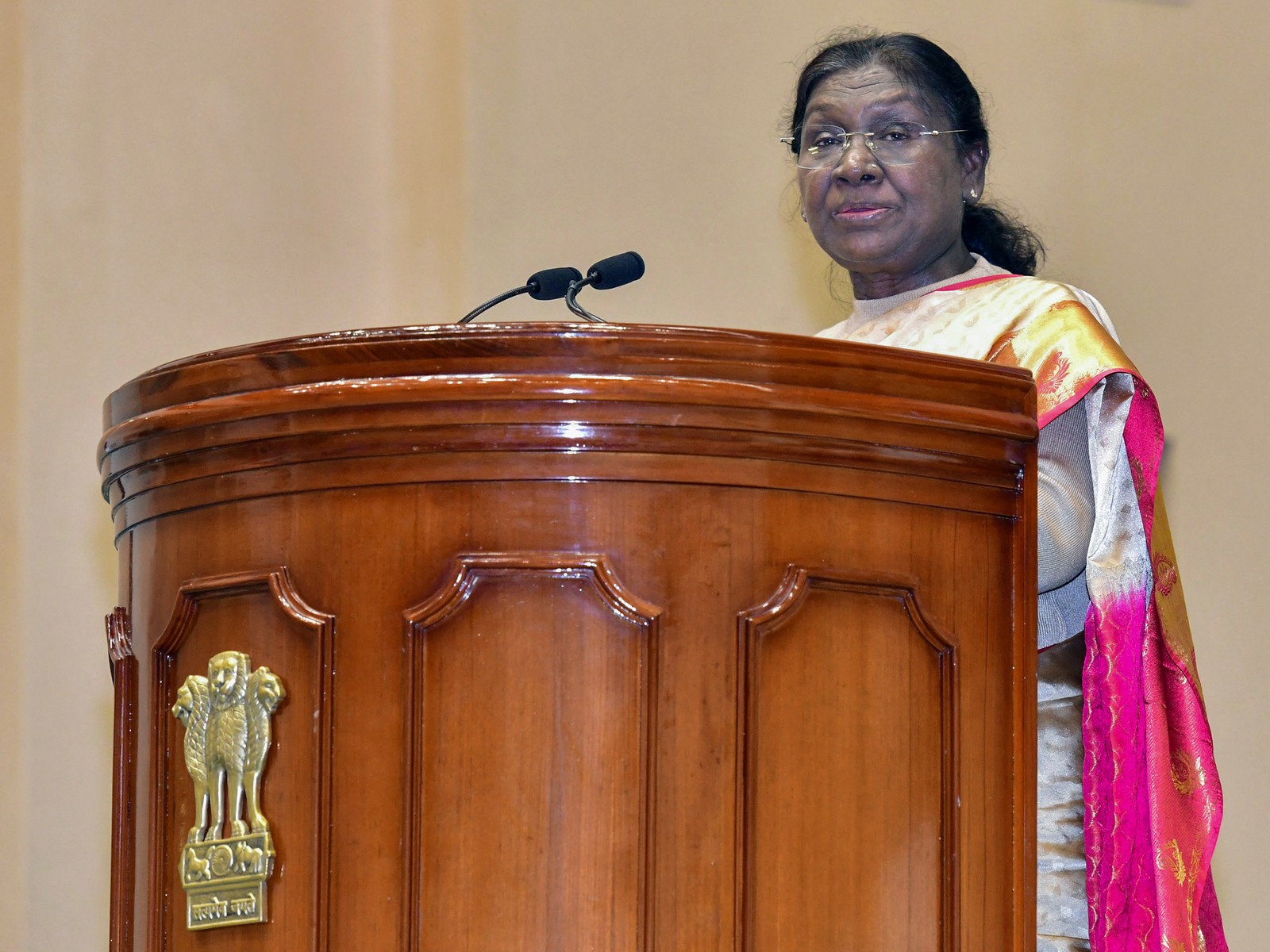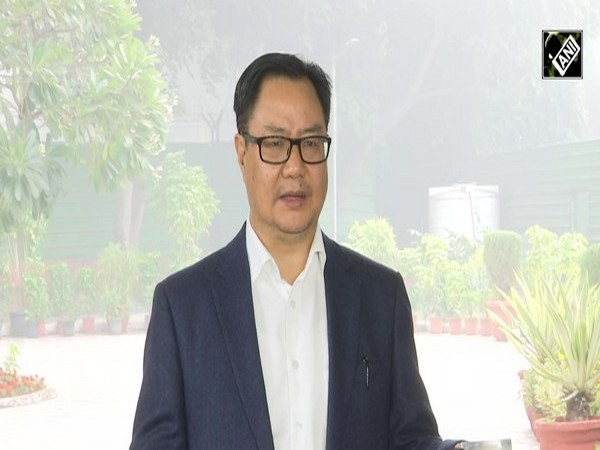Hyderabad: Indigenously developed automatic train protection system 'Kavach' successfully passes anti-collision test
Mar 04, 2022

Hyderabad (Telangana) [India], March 4 : "Kavach", an indigenously developed automatic train protection system, successfully passed the anti-collision test on Friday.
Railways Minister Ashwini Vaishnaw witnessed the functioning of 'Kavach' in Hyderabad.
The project was live tested at Secunderabad, with Railway minister Ashwini Vaishnaw on board along with the driver of the train and other officials who were present for the trial.
"SPAD test tried crossing signal at red. Kavach is protecting and not allowing the Loco to move" tweeted Ashwini Vaishnaw while onboard.
A demo of the 'Kavach' system was also held at Sanath Nagar Railways station in Hyderabad.
"Kavach (indigenously developed Automatic Train Protection system) is SIL-4 certified which is the highest level of safety certification," says the minister. He further added that Future plan is to roll it out very rapidly and export it to other countries also. This year we will roll it out on 2,000 Kms and in coming years 4,000-5,000 Kms every year," said the minister.
Rakesh CPRO at Southcentral railways while speaking to ANI stated that a proud moment for the Indian railways was that Union Minister for Railways participated in the live demonstration of India's indigenous system Kavach.
"It is the major step in the Prime minister's Atmanirbhar Bharath. The technology has been developed by our own RDSO. South Central railway takes pride in being part of it since its inception stage," Rakesh said.
He said right from the inception stage, south-central railways are closely associated with Kavach, it was commissioned into 64 km at the development stage. Later, it has been further extended to an additional 936 km taking it to 1200 km as of date.
"Kavach covers 80 stations and 80 locomotives. Further, we will be extending it to another 264 km in the next couple of months. After that, we will be concentrating upon deploying Kavach on a high-density network where there is heavy congestion of trains particularly trains going towards Delhi, Chennai and Howrah. This covers 1600 km," he added.
He further described the main advantage of Kavach and said it covers all the aspects of train operation.
"To make it much safer, when the train is on run and signal aspect is dangerous, then the Kavach automatically applies break if the loco pilot fails to apply it so that trains stop much ahead of the train signal. Similarly, when the train is on the run it takes a dynamic decision as well, it assists the loco pilot in the operation," he said.
He also said, "If the cows are passing major breaches from mainline to the platform line the speed has to be reduced. In this case, Kavach automatically takes control system and control the speed to the maximum permissible speed. Importantly it not only restricts train safety but also passenger safety because whenever the train approaches level passing gates then, there is an automatic siren that comes to alert the passengers for incoming train, so that road passengers get alerted and don't cross the roads."
Rakesh said that it eliminates the possibility of any collision, whether it be a head-on collision or another collusion.
"Whenever the train is on track, Kavach ensures that other train doesn't enter the track. Kavach ensures operations are much safer. The technology developed is the state of the art and much more advanced than other countries, at the same time much more cost-effective. The cost per KM is roughly around 40 to 50 lakhs per km compared to other countries which go into crores," Rakesh stated.
The system ensures that the real-time location of the train relate both to the station and control which are connected through the Kavach systems, which are installed at the stations, Signal Post, locomotive as well so that whenever there is any movement or any signal given, appropriate action can be deployed, said CPRO.
Venkat, an engineer stated that the driver's motor interface is installed in loco, near the assistant pilot, and these signal aspects are seen before 3 km to the driver. So, in the foggy climate through the radio communication, they take the input from the station which will be given to DMI.
"By watching these signals, the driver can go forward with his own speed, without speed control he can move. So, if the train has to be in 30 km but moving at 45 km, then automatically Kavach brings it to 30 km, the braking system is also interfaced in it. To avoid rare end collision and side end collision, this system is really helpful. This is an indigenous developed with Indian technologies," the engineer added.
















